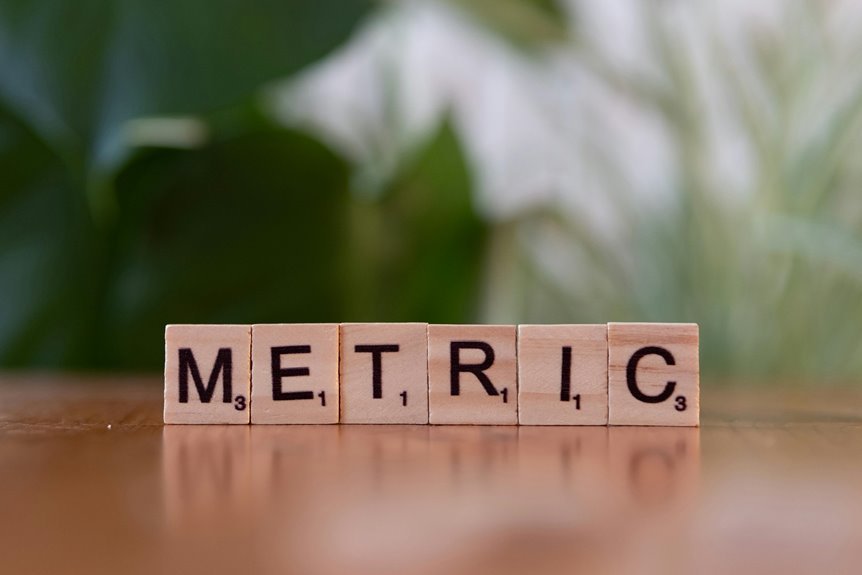
70 Celsius to Fahrenheit: Converting 70°C to Fahrenheit
The conversion from Celsius to Fahrenheit is a common task in various fields. Understanding the relationship between these temperature scales is essential for accurate communication and data interpretation. For instance, converting 70°C to Fahrenheit requires a specific formula that yields an important result. This conversion has significant implications in areas such as science, medicine, and cooking. Exploring the details behind this process reveals the broader significance of temperature measurements in daily life.
Understanding the Celsius and Fahrenheit Scales
Although both Celsius and Fahrenheit are widely used temperature scales, they differ significantly in their measurements and applications.
Celsius, rooted in the metric system, is favored in scientific contexts, while Fahrenheit, developed in the early 18th century, is prevalent in the United States.
Understanding their historical context reveals the evolution of these temperature scales, reflecting cultural preferences and practical usage across different regions.
The Formula for Conversion
The conversion between Celsius and Fahrenheit relies on a straightforward mathematical formula.
This formula facilitates the transition between different temperature scales, allowing individuals to understand and communicate temperature more freely.
The primary conversion method involves multiplying the Celsius temperature by 9/5 and then adding 32.
Mastering this formula empowers users to navigate various contexts, enhancing their grasp of temperature measurements.
Converting 70°C to Fahrenheit
To convert 70 degrees Celsius to Fahrenheit, the previously mentioned formula is applied: multiply the Celsius temperature by 9/5 and then add 32.
This calculation reveals that 70°C is equivalent to 158°F.
Understanding such temperature differences is crucial, as they highlight climate impacts.
Accurate conversions empower individuals to engage with global discussions surrounding temperature and its effects on various environments.
Practical Applications of Temperature Conversion
Frequently, temperature conversions play a vital role in various fields, including science, medicine, and culinary arts.
In real world scenarios, understanding temperature effects can significantly impact patient care, food safety, and scientific experiments. For instance, precise conversions ensure that medications maintain efficacy and that culinary creations achieve desired textures.
Hence, mastering temperature conversion is essential for effective outcomes across diverse applications.
Conclusion
In the realm of temperature measurement, converting 70°C to Fahrenheit is akin to unlocking a universal language. Just as a skilled chef knows that precise temperatures can elevate a dish from ordinary to extraordinary, understanding this conversion empowers individuals across various fields to communicate effectively and ensure safety. With the formula yielding 158°F, this simple yet vital transformation illustrates the importance of precision—much like a painter who carefully mixes colors to achieve the perfect hue.




